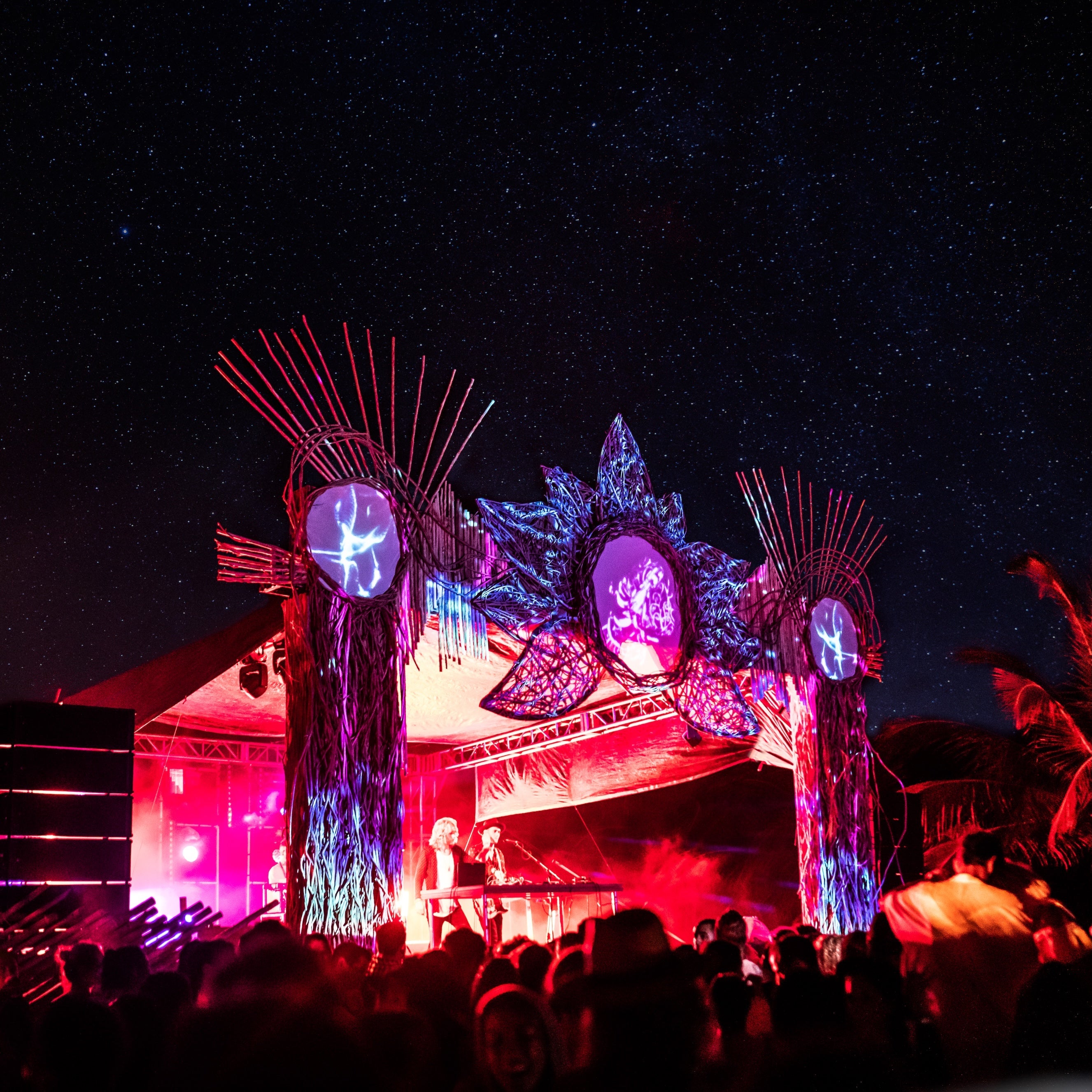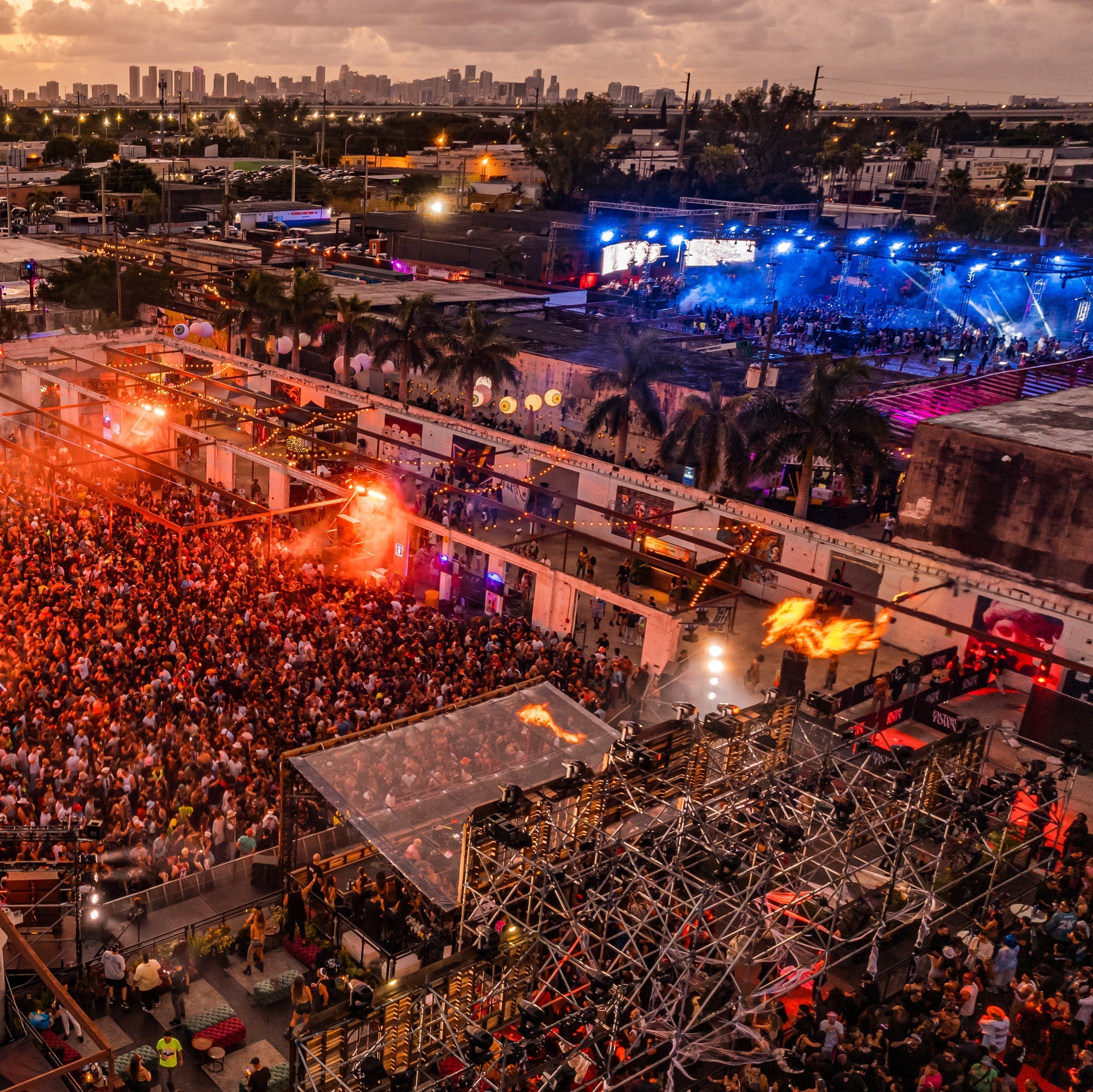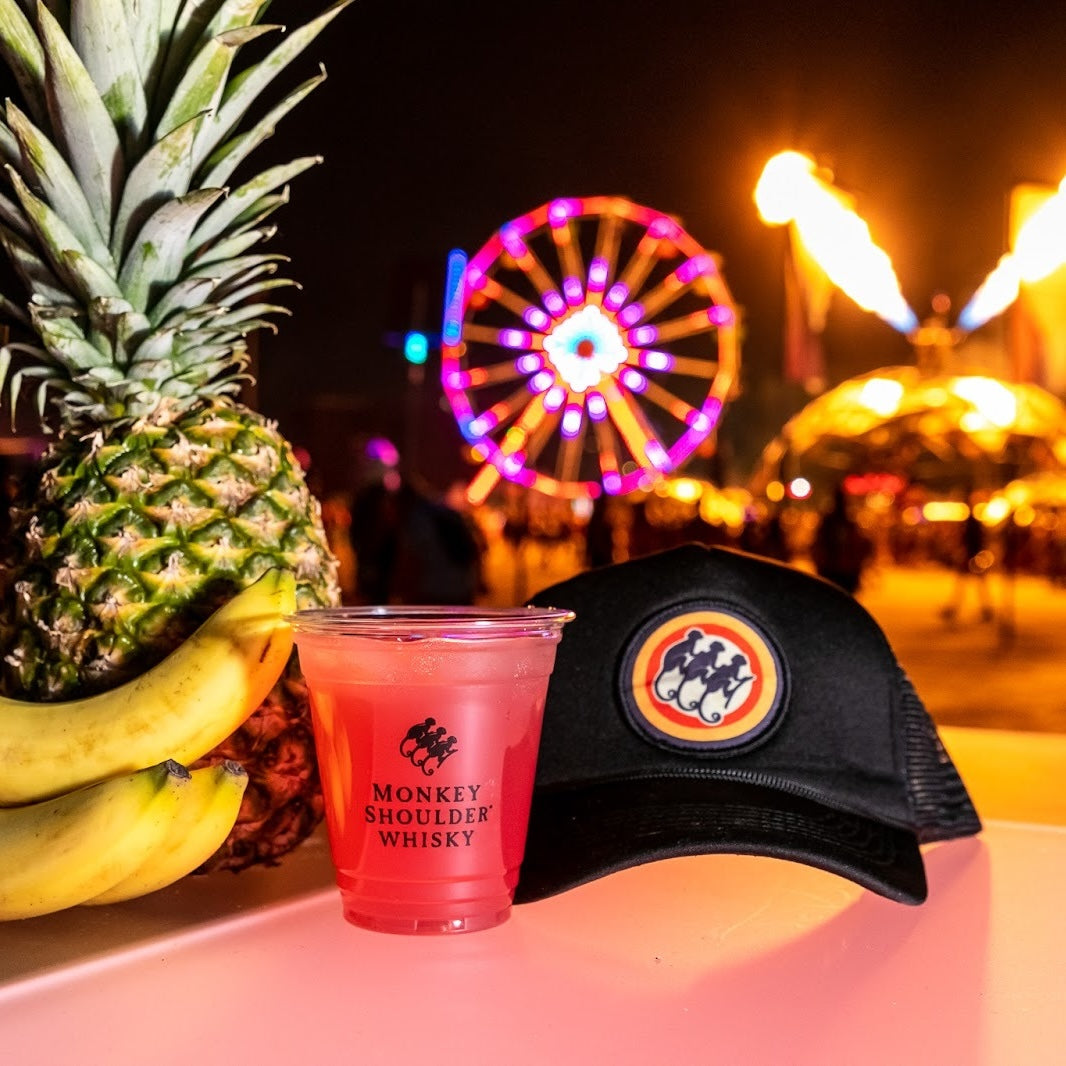[INTERVIEW] Manic Focus Shares His New Album 'Feeling Bright', Experiences at Suwannee Hulaween 2022, + Musical Journey
Hailing from the blossoming music center of Twin Cities in Minnesota and currently living in Denver, Colorado, Manic Focus is one of EDM's most skilled and innovative veterans. From the mind of John "JmaC" McCarten, this visionary project blends elements from funk, new-era hip hop, and other genres into an interstellar sonic melting pot. Merging soulful blues with hard-hitting bass, Manic Focus has forged a diverse collection of mind-bending albums and singles.
Although his creativity and expertise in sound design is clearly remarkable, Manic Focus is also widely renowned for his immersive live performances. Touring across North America, this gifted multi-instrumentalist takes his audience on a riveting adventure through mesmerizing lighting effects and electro-funk jam sessions. Encompassing surprise guests, such as GRiZ, Break Science, and Big Gigantic's Dominic Lalli, Manic Focus has blessed crowds from Lollapalooza to Electric Forest to Red Rocks Amphitheater. Now, Manic Focus continues to carry the torch for upcoming artists as he delivers breathtaking sets like his performance at Suwannee Hulaween 2022.
Check out iEDM's exclusive interview with Manic Focus below.
iEDM: How did growing up in the Twin Cities, Minnesota, shape your love for music? What led you to want to play piano at such a young age?
Manic Focus: Twin Cities has a really amazing and diverse music scene. The hip-hop scene there is really something special. I listened to a lot of Eyedea and Abilities, Atmosphere, and Brother Ali in high school. I was drawn to piano in grade school mainly because I liked the idea of playing both the bass and treble simultaneously on one instrument.
iEDM: Which artists did you look up to as role models throughout your childhood and why?
Manic Focus: Moby and Dr. Dre were big influences on me early on. I loved the idea of composing entire productions and riding a vibe on 4 to 8 bars.
iEDM: What inspired the name Manic Focus? What does this identity mean to you today and how has that evolved since the early days of your music career?
Manic Focus: The name was a bit of an accident that I feel like I’ve grown into. My brother and I were trying to come up with names for the project and a friend of his suggested Manic Focus since I had dropped out of college several times due to manic episodes. I hated it at first, but after seeing the logo, I was sold on the concept. The early years of Manic Focus revolved around the idea of combining elements of radically different songs to create a new, cohesive idea, almost illustrating the loose association aspect of manic episodes. I don’t sample as much today, but conceptually I like to combine a lot of different genres and sounds to illustrate the same idea.

iEDM: How has your passion for magic influenced your career as an artist? What are the strongest similarities between magic and your style of music?
Manic Focus: The story telling aspect of magic has always been one of my favorite parts of the form. The magician knows where the story is going and guides the audience through a somewhat familiar experience, leading them to an ultimately stunning place. I feel like really creative builds and drops in music are incredibly similar. The anticipation that something wild is going to happen, followed by the “woah” factor is what makes both art forms really special.
iEDM: How do you self-motivate and find inspiration when you’ve hit a wall on a project? Who or what is your source of motivation for you on the days that feel tougher than most?
Manic Focus: I set a timer now when I work. I’ve always had issues with procrastination, but I think I perform well under pressure and tend not to overthink decisions. One of the biggest things I’ve learned about creating art is getting out of your own way and just letting things flow despite the quality. Art is subjective, and happy accidents make for some of the best creations, so getting out of your own way and simply creating first, then finding meaning sculpting intent afterwards can be really fun and rewarding. Setting a timer for an hour and working against the clock has really helped me.
iEDM: How has living in Denver influenced your perception of music? What are your favorite things to do in Denver outside of music? Based on your experiences, what are a few of the coolest places to visit or go out to in Denver?
Manic Focus: I visited Denver a lot prior to moving here, and the Colorado sound has always played a big role in my own style, so I wouldn’t say living here has necessarily changed my perception of music very much from what it was before. Red Rocks, Meow Wolf, and countless hiking spots are some fun activities to do in Colorado.
iEDM: How do you think visuals intertwine with your music and enhance the overall experience for your audience? What are your favorite visual themes and effects to include in your performances?
Manic Focus: I love lasers! I’ve been working with a few artists on some new screen content, but I mainly like hitting the audience with bright lights and lasers that reach out beyond the stage.
iEDM: In what ways does your new album, Feeling Bright, showcase your progression as an artist? What production components differentiate it from the rest of your albums and make it so unique?
Manic Focus: The main difference between Feeling Bright and my other tunes is the tempo and beat. Sticking to four-on-the-floor instead of break beat stuff was a fun challenge.
iEDM: What was your thought process when ordering the songs in Feeling Bright to create a perfect sense of flow and balance? Which song do you believe pushed your creativity the most and why?
Manic Focus: I tried to move around the circle of fifths while increasing the tempo one bpm per tune. I think the last tune, which was finished early on in the process, pushed my creativity the most. Once that one was completed, the rest of the songs sort of wrote themselves.
iEDM: What methods and skills do you utilize to seamlessly blend live instrumentation with electronic production? What is usually the most difficult part of this process and why?
Manic Focus: I sample a lot of break beats in my music, and put electronic kicks and snares underneath natural drums. I think it helps the groove of a tune a lot and gives it sort of a hybrid feel of live instrumentation and electronic music. I also like sampling a lot of organic instruments and adding effects to them rather than synthesizing everything.
iEDM: How do your live band sets differ from your solely DJ sets? What main elements are the same between the two?
Manic Focus: The tunes are the same for both sets, but I’ll change up transitions and extend grooves when I can for the live band sets.
iEDM: You have performed numerous times at Hulaween over the years. What makes this music festival so special to you? What are some of your favorite memories from Hulaween?
Manic Focus: This year’s Hulaween set was my favorite by far. I love the vibe of the festival and the diversity of the lineup. The art installations and attention to detail are stunning to me.

iEDM: Which artists are you excited to connect with at Hulaween and why? In regards to your Hulaween set, what surprises can you hint at for fans to get pumped up about?
Manic Focus: It was great to connect with Liquid Stranger, Opiuo, MZG, and a ton of different artist homies this year that I don’t get to see very often.
iEDM: With 2023 on the rise, are you at liberty to share any details about upcoming releases or projects?
Manic Focus: Lots of new music and content coming soon!
Photos Courtesy of Manic Focus
Read more iEDM Exclusive Interviews HERE!
The End of Year Sale is live now! Save 30-80% sitewide and shop the sale HERE!
















